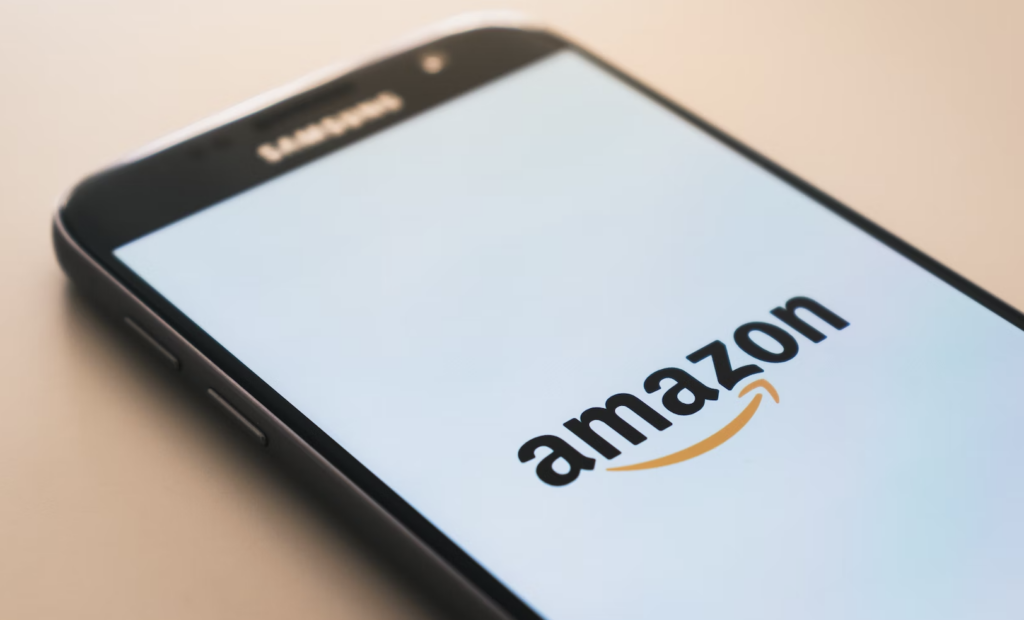Amazon Shopping Has Become Worse Because Of Ads?
This article is more than 2 years old

Every time I go to Amazon to browse for a product and try to do a comparison of items, I immediately change the sort-by settings because the default setting is set to featured products. That is the code word in Amazon land for sellers who have paid for those initial spots at the top of the search list. The real question is how much of what you see when online shopping on Amazon is paid advertisement and does this hurt or does it enhance your shopping experience?
The way Amazon was originally designed was all about giving the customer a tremendous experience when trying to choose which brand or style of a product to purchase. In Amazon’s early years they understood that if they could match the products that people are searching for with the most relevant choices that could set them apart from their competitors in this new market space. They invested heavily in technologies that would help them achieve that goal and quickly became the leader of the pack in terms of satisfying their customers’ wants and needs.
Their focus on gathering key information about their customers and matching that with everything they knew about specific products was a recipe for success. The initial suggestions when two customers search for the same product could be radically different depending on the human data Amazon collected about certain buying tendencies. That is what made shopping at Amazon so incredible and you would get the feeling that the site was designed specifically for you.
There was a lot of truth in feeling that way because those products were selected based on your browsing and buying habits. If you were the type of person that needed to look at the same product from 18 different brands the site’s software knew that and obliged that tendency. If you were the type to buy only the cheapest knockoff brand of a product then that is what the site would display for you. As a society, we were just becoming comfortable with purchasing goods online and building our trust that we would receive the correct item in a reasonable time frame.
Fast forward to today’s Amazon and it is about the opposite of what it was in the formative years. Amazon earned 31 Billion dollars last year in advertising revenue and with the company’s level of platform and consumer reach, they will take that additional income and adjust the model accordingly. That is the third largest online advertisement revenue following only Google and Facebook.
According to Washington Post writer Geoffrey A. Fowler, “I call it the “shill results” business. Even when they contain a tiny disclaimer label — as do Amazon’s — these kinds of ads can be misleading because they fill up spaces people have every reason to expect to contain trustworthy, independent information.”
The results of his research showed that out of the first five pages of results, almost all of the first, second, and third pages were all paid advertisements. It wasn’t until pages four and five did that ratio get closer to 50/50, these facts raise serious doubts about how effectively customers can comparatively browse on the Amazon site.
When we see this high percentage being ads to truly get an overview of enough different options to make a sound buying decision you are having to read 12 or so pages to farm all the data you need. The worst part about it is that other online sites are following Amazon’s lead in this area and are incorporating the same advertisement strategy.
In my opinion that is not in the best interest of the consumer but with Amazon pulling in hay bales of money from advertisers, I understand the business motivations behind going in that direction are undeniable. My takeaway from these revelations is that I will compare products on lesser-known sites so I can see more natural options and once I know the exact make, model, and brand then I will log on to Amazon to make the purchase.



